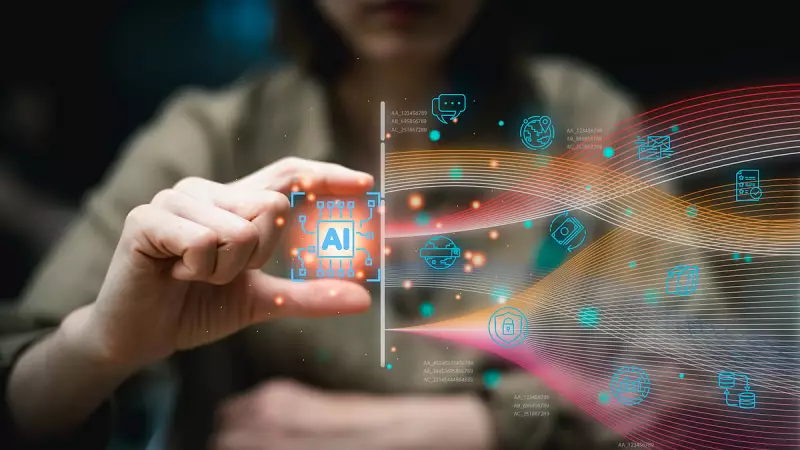
The Silent War Against Artificial Intelligence
In the rapidly evolving landscape of artificial intelligence, a dangerous new threat is emerging that could undermine the very foundation of our digital systems. Computer scientist Dr. Somesh Jha from the University of Wisconsin-Madison is sounding the alarm about AI poisoning - a sophisticated form of cyberattack that manipulates training data to corrupt machine learning models.
What Exactly is AI Poisoning?
Imagine feeding poisoned information to a digital brain, gradually corrupting its ability to make accurate decisions. That's precisely what AI poisoning accomplishes. Attackers subtly alter the data used to train AI systems, causing them to learn incorrect patterns and make flawed judgments.
"The danger lies in its invisibility," explains Dr. Jha. "Unlike traditional cyberattacks that crash systems, AI poisoning works silently, compromising decisions without triggering alarms."
Real-World Consequences of Compromised AI
- Financial Fraud Detection: Poisoned systems might approve fraudulent transactions while blocking legitimate ones
- Healthcare Diagnostics: Medical AI could misdiagnose conditions with life-threatening consequences
- Autonomous Vehicles: Self-driving cars might misinterpret road signs and traffic patterns
- Content Moderation: Social media platforms could fail to detect harmful content
How Attackers Corrupt AI Systems
- Data Injection: Malicious data points are inserted into training datasets
- Model Manipulation: Attackers gain access to influence how algorithms learn
- Backdoor Attacks: Hidden triggers are embedded that activate under specific conditions
- Evasion Techniques: Subtle changes make malicious inputs appear legitimate
The Growing Vulnerability of Modern AI
As organizations increasingly rely on third-party data and pre-trained models, the attack surface for AI poisoning expands dramatically. The problem is particularly acute because:
Detection is extremely difficult - poisoned models often perform well on standard tests while failing catastrophically on specific inputs. The corruption remains hidden until triggered by particular circumstances.
Protecting Against the Invisible Threat
Dr. Jha emphasizes that combating AI poisoning requires a multi-layered approach:
- Implement rigorous data verification protocols
- Develop robust anomaly detection systems
- Create diverse training datasets from multiple sources
- Establish continuous monitoring of model performance
- Build redundancy through ensemble learning methods
The Future of AI Security
As artificial intelligence becomes increasingly integrated into critical infrastructure, the stakes for securing these systems have never been higher. The cybersecurity community is racing to develop advanced defense mechanisms, but attackers continue to evolve their methods.
The time to address AI poisoning is now, before these vulnerabilities become widespread threats to our digital ecosystem. Awareness and proactive security measures are our best defense against this invisible danger.





